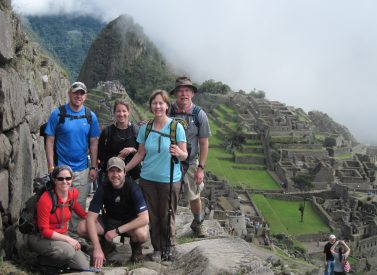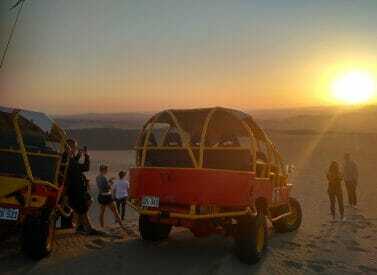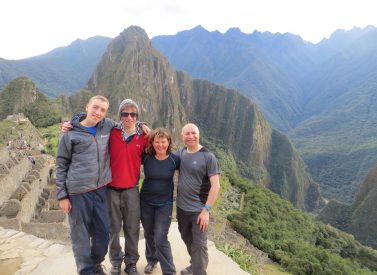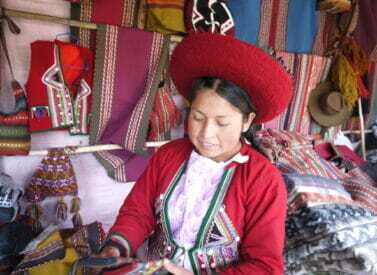
Lake Titicaca Tour
Visit Lake Titicaca and explore Uros floating islands, Amantani and Taquile.
These trips start in Puno, from where we travel by boat to Amantani via the Uros floating reed islands.
Our local guides show you how these ancient cultures survive, matting lake reeds to make their homes and boats,
We spend the next two days visiting Taquile and Amantani, small but remote islands on the lake, the world’s highest navigable body of water.
More on Lake Titicaca tours
We offer day trips or you can stay the night in a homestay and get a glimpse of people’s lives here.
Read our blogs about Lake Titicaca (Amantani) and sleeping on the Uros floating islands – we offer overnights on both.
We also support a literacy project on Amantani and in the Sillustani area. The local communities benefit from your visit.
There is no electricity, only beautiful islands and people far removed from most Peruvian cultures.
Lake Titicaca is a beautiful area to visit, and our socially responsible overnight and day tours ensure you leave a positive footprint.
Trip Highlights
Print Share Download as PDF-
Socially responsible tours on Peru's natural wonder, Lake Titicaca.
-
Visit and learn about the fascinating Uros floating reed islands.
-
Chance to buy wonderful souvenirs from the famous weavers of Amantani and Taquile.
-
Stay overnight on Uros, Amantani or Taquile for a glimpse into some of Peru's oldest cultures.
The trip was fantastic. The train to Puno was a real treat. Being in the lap of luxury after the trek was a nice contrast.
Lake Titicaca was majestic and very interesting. Also a great guide. Walter and a great visit to Taquile with a beautiful lunch.
Thank you again Tom. The boys and I will always remember this trip.
S. Lloyd, Lake Titicaca
Full Itinerary
Day 1: Arrive by train/flight into Puno, transfer to hotel
You arrive into Puno by plane, bus or train and into your hotel.
You can take a look at the Sillustani ruins or explore this bustling town before you set off on the Lake the next day.
Day 2: Transfer to port, boat onto Lake via Uros floating islands. Overnight on Amantani (B,D)
It’s an early start and down to the bustling port of Puno.
We set off on the world’s highest navigable lake, with the first stop being the floating islands of Uros. We step off the boat and explore these fascinating islands, seeing how people live and make the islands. There is a chance to buy some of the high quality weaving and sail in one of the local’s reed boats before we set off for Amantani.
If you are staying overnight, the village elder will designate your host family for the night. You are then free to explore the trails and far reaches of this fascinating culture.
More about the islands
Uros
The Uros is a group of 42 floating islands just off Puno. The Uro originally created these artificial islands to escape the Inca, who dominated the mainland at the time; today they are a major tourist destination.
Around 3,000 descendants of the Uros are alive today, although only a few hundred still live on and maintain the islands; most have moved to the mainland. The islands are made of totora reeds, which grow in the lake. The dense roots that the plants develop support the islands. They are anchored with ropes attached to sticks driven into the bottom of the lake but the reeds at the bottoms of the islands rot away fairly quickly, so new reeds are added to the top to compensate.
Each island lasts about 30 years. The larger islands house about 10 families, while smaller ones, only about 30 metres wide, house only two or three.
Amantani
Amantaní island – also known as the Island of the Kantuta after the national flower of Peru and Bolivia – is circular and about 9km² in size, with around 4,000 Quechua speakers living there.
It has two mountain peaks, Pachatata (Father Earth) and Pachamama (Mother Earth), with ancient Inca and Tiwanaku ruins on top of both. The hillsides, are terraced mostly worked by hand and planted with wheat, quinoa, potatoes, and other vegetables. Livestock, including alpacas, also graze the slopes.
Most people live in adobe houses, and many are famed for their weaving skills. There are no cars here. It can get very cold after sunset, so take lots of warm clothing and also sun cream as the sun is also very strong here.
Taquile
Taquile Island is one of the most idiosyncratic and beautiful spots in all of Peru. Located some 2 1/2 hours by fast boat (4 hours in a standard boat) from Puno, it is only 4km long and on average 1km wide but supports a population of almost 2,000 Taquileños.
The island has several archaeological sites dating from the Tiahuanaco culture. But it is the culture of the people living here today that makes Taquile so interesting; a culture far removed from our own and distinct from the rest of Peru. Taquile is known for the extremely high quality of the sophisticated weaving, practised from a young age by both men and women. The islanders spin, knit and weave whenever they have a free moment in the busy agricultural calendar.
By visiting, you have an opportunity to explore the many trails leading around the island, and to experience an island lifestyle unchanged in centuries. Be prepared for intense sun and perhaps a very cold wind on the boat – take good quality sun protection and, just in case, plenty of warm clothing.
Day 3: Visit Taquile, return to Puno, transfer to hotel (B)
After a free morning, your boat takes you back to Puno via Taquile, arriving Puno mid-afternoon, leaving you with an evening to explore the lakeside town.
Day 4: Visit Sillustani ruins en route to airport/train to Cusco (B)
Transfer out for onward travel.
If flying out, you can visit Sillustani en route.
Sillustani is a sacred site of funerary towers 35km from Puno. Excavation work in the 1970s revealed that hunter gatherers lived here some 8,000 years ago.
From 1440, Sillustani became an important graveyard for Inca nobles. There are detailed carvings on the tower walls, many of which are unfinished. It is remote, starkly beautiful, and an easy and very worthwhile place to visit while in Puno.
Prices From $343 / £279 per person
What's Included?
Transfers (bus station), hotels, guided group tour, meals as listed
What's Not Included?
Flights, insurance, tips, hotel upgrades, single supplements, meals not listed, personal belongings, alcoholic or soft drinks, transfer from train station or Juliaca airport (extra cost)
Accommodation
We use 2-3* hotels with private bathrooms in Puno – upgrades available at extra cost.
Homestay on Lake Titicaca is basic, with some flush toilets but no showers. Rooms can be shared by 4-8 people. Beds have lots of blankets.
If staying on Uros, you stay on a floating island in a woven house – a real experience – it can be cold at night.
Tour Staff
Our representative will meet you at Juliaca airport or Puno bus/train station, and take you to your hotel, giving you any vouchers you need and advising you of any changes in plan etc.
They will drop you off at the airport/station at the end of the trip.
Guides are local and by staying with a family – elected to house you by the village elder when you arrive – you are helping the community to preserve their lifestyles.
Meals
Almost all dietary requirements can be catered for – please ask us for more information.
Breakfasts at hotels will feature teas, coffees and juices to drink, plus cereals, fruit, eggs, toast and jams etc.
On the lake, there is a lot of fish, rice and eggs in many of the meals, as well as potatoes.
Activity Level
Lake Titicaca is a suitable destination for most ages and fitness levels. The main challenges are the high altitude (3,800m/12,467ft), daytime sun strength and the contrasting cold wind and very cold night temperatures.
Walks are generally short, although some hikes involve 30 mins to an hour of walking, so you must remain well hydrated. Lake Titicaca is a good place to acclimatise before heading to Cusco, or to visit after Cusco. You can go straight to Lake Titicaca from sea level with no previous acclimatisation, but note that this is very hard and not ideal.
Much better is to spend some time in Cusco or Colca Canyon/Arequipa beforehand, or in highland Bolivia, to become accustomed to the high altitude.
Most trips start early in the morning, around 07.00, with a break for lunch around 13.00, and finish around 16.00, with free time to explore the islands til sunet.
At the homestay, you may be invited to dinner and some music/dancing.
Practical Information
Introduction to Peru
Peru is the perfect holiday destination for adventure travellers that want an amazing variety of activity, geography and cultural travel experiences.
The breadth of travel experiences in Peru is breathtaking – from trekking in the Andes to Machu Picchu to the tropical jungle of the Amazon, and plenty in between.
The people of Peru make it a special destination too, with its colourful and traditional street life and friendly locals.
Geography of Peru
Peru is made up of 3 distinct geographical areas: the coast, the mountains and the jungle.
The costa or coastal region is a narrow ribbon of desert 2,250 km long, crossed by fertile river valleys flowing from the Andes. It takes up 11% of the country and holds more than 40% of the population.
The cold Humboldt current gives rise to a blanket of mist – the garua – which hangs above coastal cities like the capital Lima from May to November.
Heading east, you’re soon climbing above the garua and into the Andes. The sierra, or mountainous region, covers some 25% of Peru’s territory and contains 50% of the population. The sierra inhabitants are mainly Indigenous or Mestizo, and many still speak Quechua or Aymara.
The sierra contains dozens of 6,000-metre snow peaks and volcanoes, including Huascaran (6,768m) the highest mountain in the tropics. The deep valley basins contain most of the towns and arable land; the terracing and canal systems of the Incas and pre-Incas are often still used today.
The eastern Andes are heavily forested up to 3,350m and sweep down into the Amazon Basin.
Peru’s selva or jungle makes up almost two thirds of the country’s area, but holds only about 6% of the population: the only towns with significant populations are Iquitos and Pucallpa.
Weather in Peru
You can also read about the weather of Peru in our blog.
Peru is located in the southern tropics (latitudes 0º to 18º), but climate varies significantly according to season, altitude and region.
Lima & the coast
From May to October, Lima is often overcast, but with minimal precipitation. There are sunny spells, and it’s a fresh to pleasant 13-20ºC.
At the same time, inland areas and the north coast mid to high 20’s ºC.
November to April is generally warm and sunny and Lima enjoys warm temperature of 19-25ºC, with the coast averaging 22-30ºC.
The Andes
Climate depends largely on altitude. As a rule of thumb, below 2,000m climate is mild and above 2,000m warm clothing is required for evenings, nights and early mornings.
The Andean sun is very strong.
May to Oct (dry season in The Andes)
Cusco (3,300m): Average max/min temps: 22ºC /2ºC. Average 3 or 4 wet days per month.
Arequipa (2,380m): Average max/min temps: 26ºC /9ºC. Sunny more than 340 days/year with minimal precipitation.
On highland treks: Conditions are generally dry. However, at this time of year, expect a range of conditions within a single day: cold/freezing nights at camps above 4,000m, where pre-dawn temperatures can be -5ºC; warm, spring-like mornings and afternoons; and cold evenings.
Note that mountain weather can be fickle and localised, and that precipitation is not unknown in the dry season. Expect temperatures to swing between sun and shade, sheltered and exposed ground and with altitude gain and loss. A quick-setting sun means temperatures drop fast.
In the cloud forest, e.g. around Machu Picchu, daytime conditions are generally warm or hot, and evenings cool.
Nov to March/April (wet season in The Andes)
Cusco: Average max/min temps: 23ºC /6ºC. Average 13 wet days per month.
Arequipa: Average max/min temps: 25ºC /14ºC.
On highland treks: Wetter conditions, with cooler days and milder nights than dry season. Jan-Mar usually the wettest months.
The Amazon rainforest
Year-round, weather conditions are hot and humid and there is always the risk of rain
There is a ‘dry season’ in Tambopata and Manu between May and October. The average daytime high temperature is between 25°C and 34°C and the average nighttime low is between 16°C and 22°C. Heavy downpours typically occur every few days.
Around 80% of annual average rainfall – approx 2,000 mm in Manu and Tambopata and 1,400 mm in Iquitos – occurs in the wet season Nov-April.
On rare occasions, between May and September, cold fronts from Argentina – ‘friajes’ – can sweep into southwest Amazonia and push temperatures down to 9° C. (Friajes usually last between 1 and 3 days).
Kit list
Good kit is vital for every trip.
Book with Andean Trails and get 15% off Páramo’s fantastic ethical and high performance outdoor gear.
Overview
When planning for the varied climatic conditions you will encounter across Peru, layering is the most practical and versatile clothing system.
The sun is very strong throughout the country, so good sun cream, a hat and sunglasses are vital.
It can also get very cold at night time especially in the mountains. Jumpers, fleeces and warms hats – which you can buy there – are also essential.
Give plenty of thought to kit selection, and try to keep weight down.
Below is a more detailed guide.
Detailed kit list
- Medium weight parka or a down jacket.
- Waterproof jacket and trousers. The jacket needs to be water proof and roomy. Side-zip pants are recommended.
- 2-3 long-sleeve shirts – no cotton
- 2-3 short-sleeve T-shirts – no cotton
- 2 pair of hiking trousers- cotton or synthetic material (no jeans)
- 1 fleece or sweat trousers (for cold evenings)
- 2 pair hiking shorts
- Long thermals – synthetic or wool – light to medium weight top & bottoms.
- 2-3 mid-weight (wool or synthetic) socks.
- 2-3 liner socks if needed
- Athletic-type socks, several pairs, city use
- Hiking boots that are waterproof and well broken-in.
- Running/tennis shoes or sandals are very comfortable when you are in cities
- 1 lightweight wool sweater or windproof fleece
- 1 wool or synthetic warm hat.
- 1 light sun hat with a wide brim.
- 1 pair of medium-weight wool or synthetic gloves
- Broad-brimmed sunhat, essential.
- Sunglasses with UV filter.
- Scarf for cold.
- Bandanna – to protect neck from strong sun.
- Daypack (at least 30 litres). Comfortable and with waterproof lining or cover.
- Water bottle (2 litres approx.) & purification tablets.
- Personal first-aid kit to include: painkillers, plasters (band-aids), moleskin, anti-biotic cream, general antibiotics (ask your GP), after-bite (tiger balm), anti-diarrhoea tablets, throat lozenges, re-hydration salts & personal medication.
- Insect repellent (just in case)
- Towel & wash-kit.
- Wet Wipes/antiseptic hand-wash cream.
- Sunscreen (factor 30+) and lip salve.
- Head-lamp (plus spare bulb and batteries).
- Penknife.
- Travel alarm clock.
- Plastic bags – ‘Zip-loc’ & tough bin liners.
- Camera and film / memory cards (take at least twice the amount you think you will need!).
- Book, e-book, mp3 player/ipod or other to help pass the time.
- Binoculars.
- Spanish/English phrasebook.
- Extra snacks i.e. cereal bars or favourite chocolate bars.
Miscellaneous others
- Money belt.
- Passport.
- U.S. dollars cash, mixed-denomination notes, undamaged and unmarked.
- ATM cash/credit card.
- Any inoculation certificates.
- Personal & medical insurance certificates.
- Presents e.g. Postcards from home.
- Comfortable clothes for travel, smart clothes for night life.
ATOL holiday protection
Andean Trails has 25 years of experience of putting together the best South America holidays.
We pay a fee to the CAA for every licensable passenger we book since we hold an Air Travel Organiser’s Licence granted by the Civil Aviation Authority. In the unlikely event of our insolvency, the CAA will ensure that you are not stranded abroad and will arrange to refund any money you have paid to us for an advance booking.
We also offer ATOL (Civil Aviation Authority) protected holidays to give our customers peace of mind when booking and travelling.
When you buy an ATOL protected air holiday package from Andean Trails Ltd you will receive a Confirmation Invoice from us confirming your arrangements and your protection under our Air Travel Organiser’s Licence number 6275.
You can read more about ATOL, who is covered and what protections you have if not ATOL-covered, on our ATOL page.
What is ATOL?
The CAA’s ATOL scheme offers protection to your money and your holiday if you book with us. Not everybody is covered (see ‘Who is covered?’ for more), as you must purchase an ‘air package holiday’ with Andean Trails to be protected.
And ‘air package holiday’ is defined as including a flight and some ground services (hotel, transfer, trek etc). This is also known as an ‘ATOL-protected holiday’.
Who is covered?
To be covered by ATOL, you must book a flight and some ground services with us and be from the UK. If you are from the UK and only book ground services and no flights, you are not covered by ATOL (see below for more on how non-ATOL clients are covered).
If you are outside the UK and buy flights with us, you will be ATOL protected IF any of the flights booked with Andean Trails touches/stops in the UK at any point during your holiday package booked with us.
If you buy your flights elsewhere, please check with that agent if you are ATOL protected. Be careful with online flight purchases and make sure you know what protection you have, if any, before paying for flights.
Not all holiday or travel services offered and sold by us will be protected by the ATOL scheme. Please ask us to confirm what protection may apply to your booking.
For land only holidays not involving any air travel, in accordance with “The Package Travel, Package Holidays and Package Tours Regulations 1992”, all UK passengers booking with Andean Trails Ltd. are fully protected for the initial deposit and subsequently the balance of all money paid to us, arising from cancellation or curtailment of travel arrangements due to the insolvency of Andean Trails.
I’m not ATOL covered, what protection do I have?
If you are not ATOL covered, any payments you make to us go to a Trust account.
We can only access this money once your tour has been completed, meaning that if anything happens to Andean Trails Limited while you are on holiday, then your money is secure and you can either complete the trip or be able to make it home.
If you pay for your holiday with a credit card, some offer payment protection – please check with your cardholder.
You also should have cancellation protection written into your insurance (which we recommend you have at the time of booking) in case you need to cancel.
Peru’s Amazon Rainforest
Peru boasts in its Amazonian region a vast swathe of world-class tropical wilderness with several rain forest and cloud forest reserves which are home to an immense diversity of wildlife.
Accessible from Lima, Iquitos or Cusco, the Amazon jungle is just a short flight away.
In Peru’s southeast lies the extraordinary region comprising the Tambopata National Reserve and the Bahuaja Sonene and Manu National Parks, with the greatest animal and plant diversity anywhere in the world.
Whether you choose to base yourself at a comfortable lodge or enjoy a more demanding camping trip, you can be sure of a unique, exhilarating and unforgettable experience.
Arequipa & Colca Canyon, Peru
The beautiful colonial city of Arequipa is replete with history and culture, and is the gateway to the condors of Colca Canyon.
Nestled at 2,325m/7,627ft, the ‘white city’ sits at the foot of three tremendous volcanoes: El Misti (5,821m/19,098ft), Chachani (6,075m/19,930ft) and Pichu Pichu (5,542m/18,182ft).
Arequipa’s attractions include the Cathedral, Compañía de Jesús Church, Santa Catalina Convent and the Dama de Ampato (Juanita Mummy) Museum.
With a year-round spring climate and sunshine guaranteed for 300 days of the year, it is the perfect place to begin acclimatising before continuing upwards.
Nearby is the famous Colca Canyon. At hundred kilometres long, this incredible gorge is said to reach a maximum depth of 3,400m/11,155ft – twice that of the Grand Canyon.
An overnight tour to Colca gives you the chance to see the iconic, soaring condors of the canyon.
Cusco, Peru
Cusco is the archaeological and cultural capital of South America.
The one-time centre of the vast Inca Empire is a bustling highland city with bags of character.
Its whitewashed streets and plazas feature a fascinating blend of Inca and Spanish colonial stonework and offer endless possibilities for exploration.
You don’t have to venture far to find outstanding examples of high quality Inca architecture, including the monumental temple fortress of Sacsayhuaman.
There is also the fertile farming land of the Sacred Valley on the doorstep, with many Inca terraces, temples and fortresses, plus colourful local markets and small villages.
At night, Cusco offers an excellent array or restaurants and bars plus the continent’s best Andean folk music scene.
Kuelap, Peru
In the northeast of Peru lies Kuelap – the jewel in the massive archaeological crown of the Chachapoyas Cloud People.
The mystical structure of Kuelap – dubbed the Peru’s second Machu Picchu by locals – is 1,200 years old.
It features massive limestone walls towering 60 feet, pottery, bones and hundreds of mysterious round stone structures, and away from the crowds of other sites.
This is a remote area of sub-tropical valleys, half way down the eastern slopes of the Andes. The jungle is impenetrable, dense with low trees, bromeliads, bamboos, orchids and mosses.
Lake Titicaca, Peru
Lake Titicaca, at around 4,000m/13,123ft above sea level, is a vast shimmering body of water on the Peru/Bolivia border.
It is the world’s highest navigable lake, set against a breathtaking background of towering ice-covered Andean mountain peaks.
The islands and shoreline of Lake Titicaca support many Indian communities, including the well known floating islands of Uros and the more remote islands of Taquile and Amantani. Here, traditions are strong and it appears time really does stand.
Agriculture, fishing, knitting and weaving are important to the islanders and by staying a day or two you gain just a small insights into this traditional way of life.
Islanders welcome tourists into their homes and this is a wonderful opportunity to experience island life.
Lima, Peru
Lima, the capital city of Peru, is a vibrant bustling place with a wide variety of things to do.
Stroll or bike around the historic centre, visiting the many museums or just chilling out in a café or restaurant in Miraflores.
In Parque Kennedy you can sit outside in Parisian fashion and watch the world go by in cafes and restaurants, or walk to the shore and the cliffs overlooking the Pacific Ocean.
There are a number of artisan shops & market stalls, plus a big silver jewellery trade, and a burgeoning number of top end restaurants with delicious food.
The centre of Lima is home to impressive Colonial architecture – Plaza de Armas has the Palace, official residence of the president, on one side, and on another is the Cathedral.
San Francisco Church, home of the Catacombs, is well worth a visit, as is the Inquisition museum.
Machu Picchu, Peru
Nothing says Peru quite the way Machu Picchu does.
The Lost City of the Incas, perches dramatically on a ridge-top 400 metres above the Urubamba river. The extensive site, with its many terraces, temples and palaces, is set amid a beautiful landscape of deep gorges and thickly forested mountains.
When Machu Picchu was rediscovered early in the 20th century and cleared of forest, it was found to be very well preserved. It has since presented archaeologists with many unanswered questions regarding the role it played in Inca times.
The sense of grandeur, whether you arrive on the Inca Trail or not, is impressive.
Try to arrive early at the site to enjoy it at its best – and late afternoon can often see you almost alone in the ruins.
The Cordillera Blanca and Huayhuash, Peru
North east of Lima, the Cordillera Blanca offers fantastic mountain scenery and some of the best trekking and climbing in the Andes.
The Cordillera Blanca boasts dozens of peaks over 6,000 metres, including Peru’s highest Huascaran at 6,768m/22,205ft above sea level.
The Blanca range also contains the world’s largest concentration of tropical glaciers.
This is an ideal destination for treks, from just a few to 12 days or so and also an ideal starting place for learning or improving mountaineering skills.
The nearby Huayhuash mountain range contains a dazzling array of snow peaks including seven summits above 6,000 metres.
This is a trekking paradise with breathtaking majestic panoramas and stunningly remote and picturesque camping spots. There is no better place to visit to get away from it all.
Prices From $343 / £279 per person
2025 guide price, per person, shared room basis
Price based on two travelling together
Upgrades available
Shorter/longer stays possible
Single supplement applies


Dates & Prices
Prices From $343 / £279 per person
2025 guide price, per person, shared room basis
Price based on two travelling together
Upgrades available
Shorter/longer stays possible
Single supplement applies
Can’t find what you’re looking for? Get in Touch
+44 (0)131 378 5593
+44 (0)131 554 6025




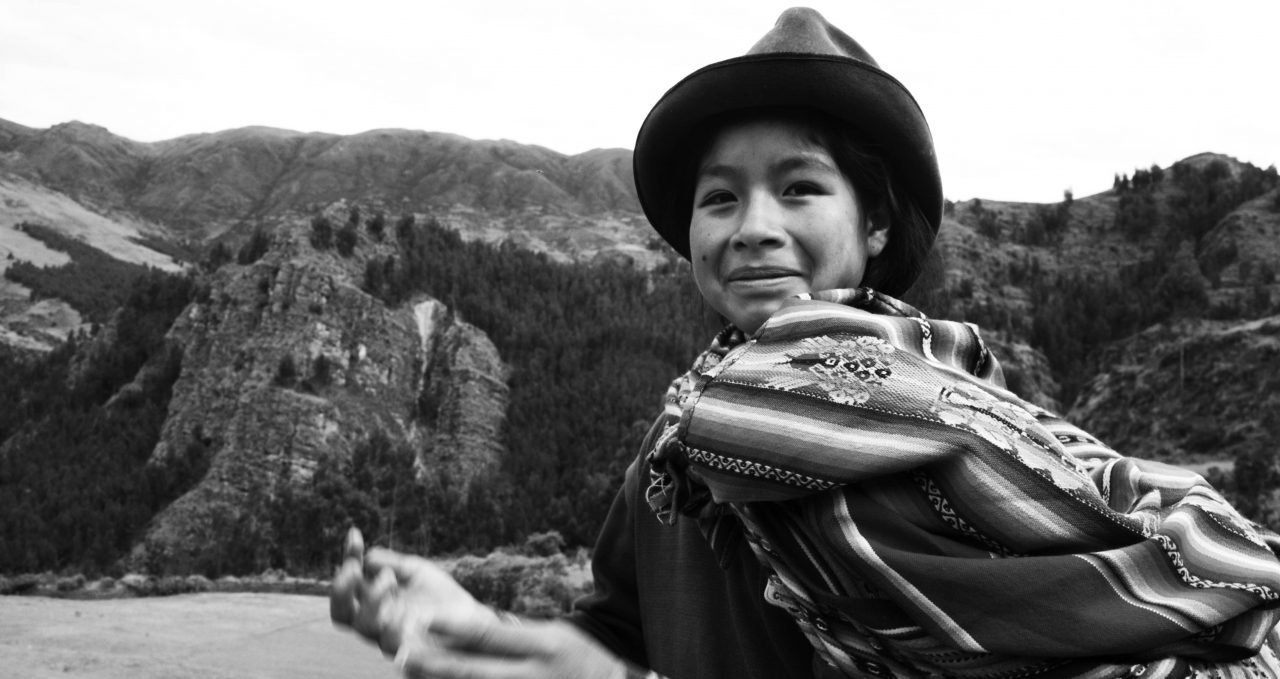
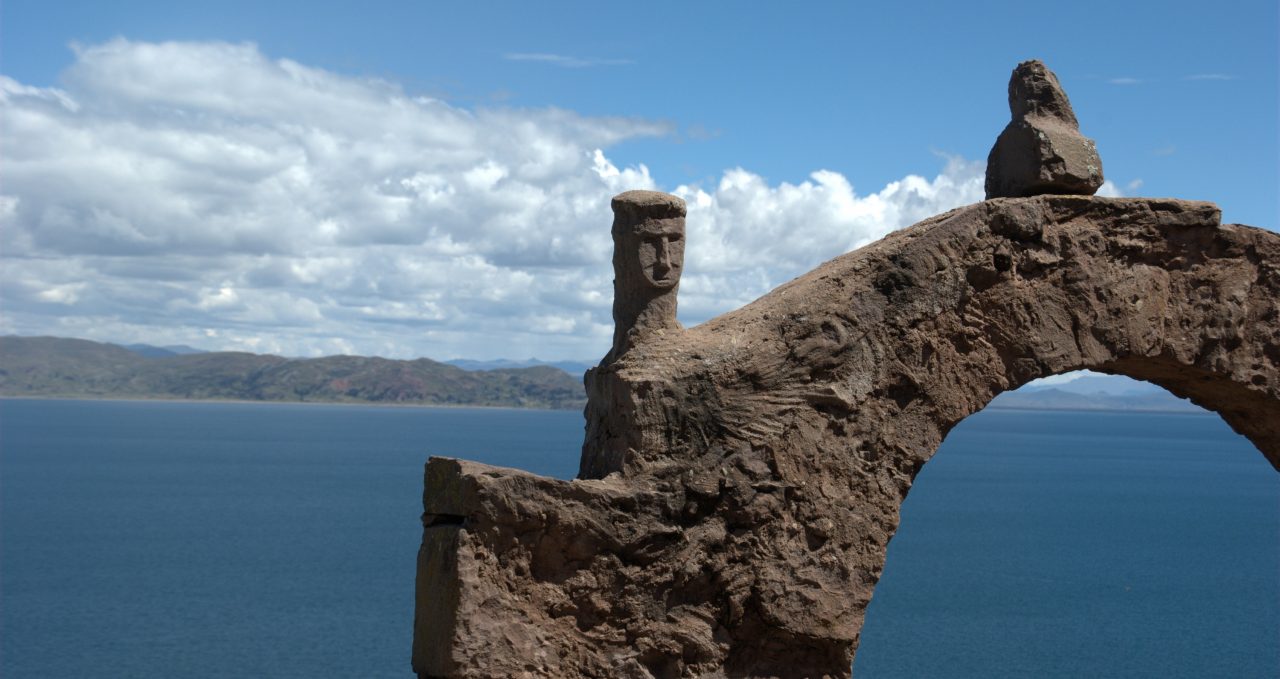
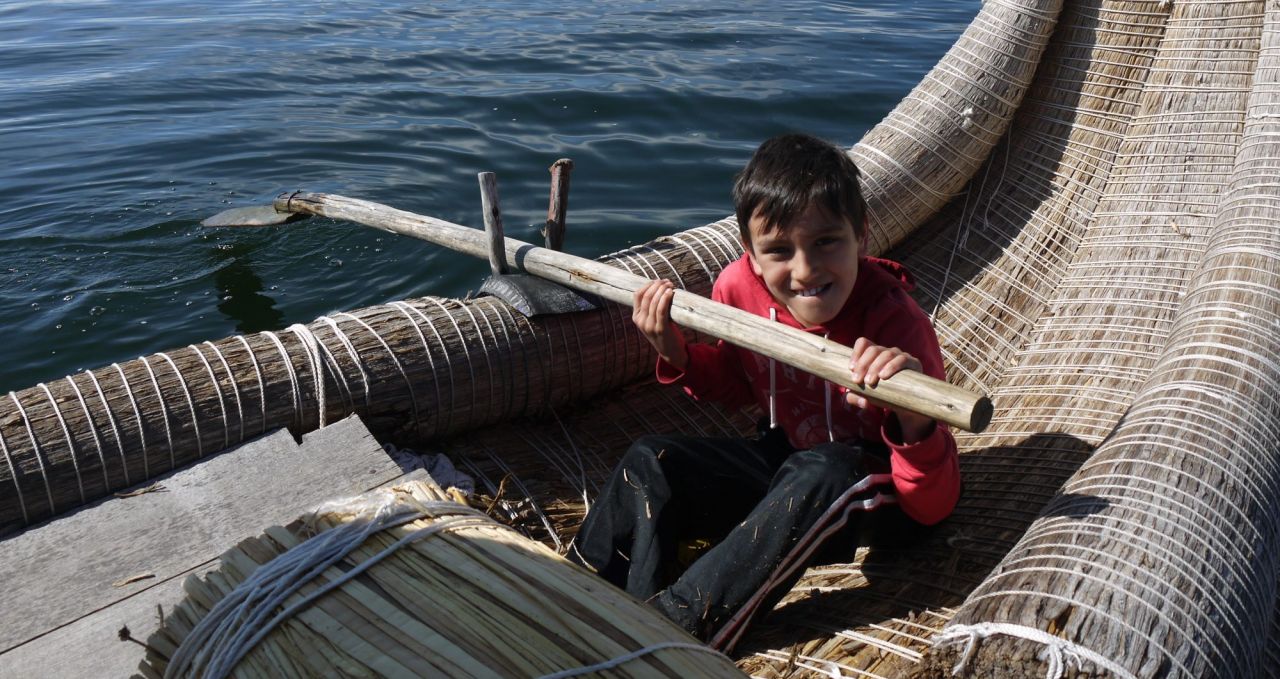
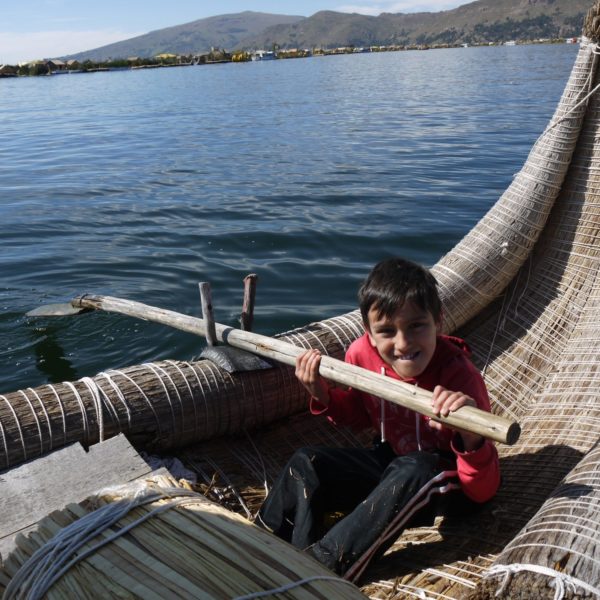
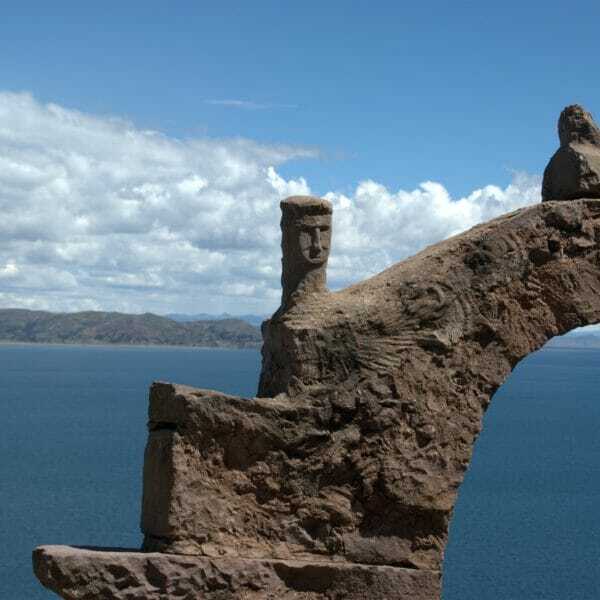
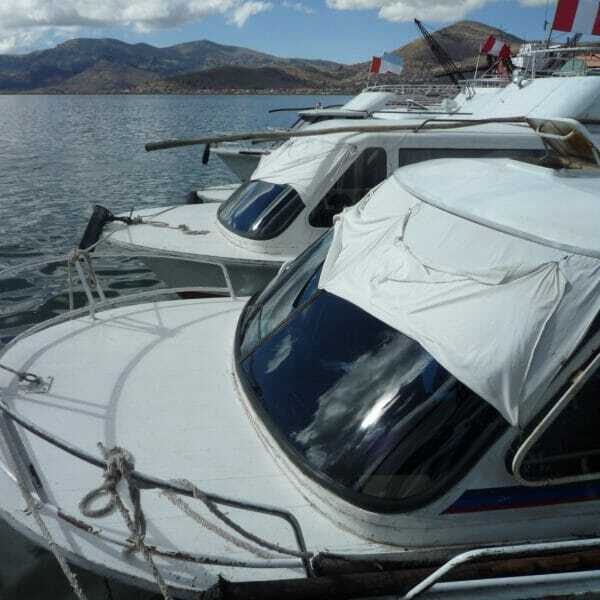
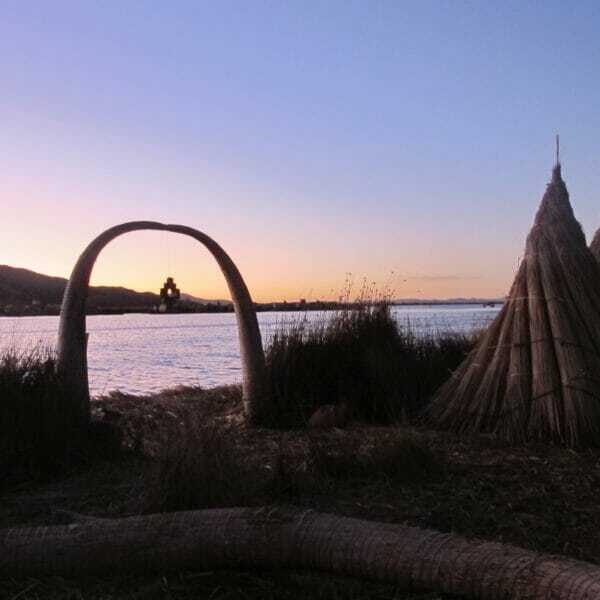
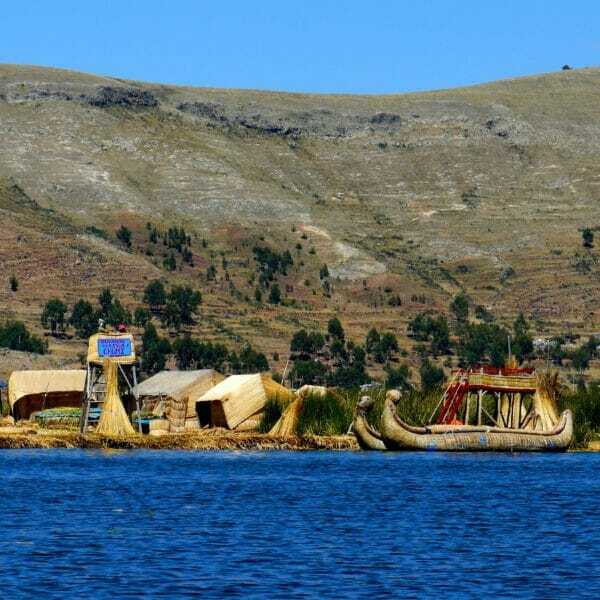
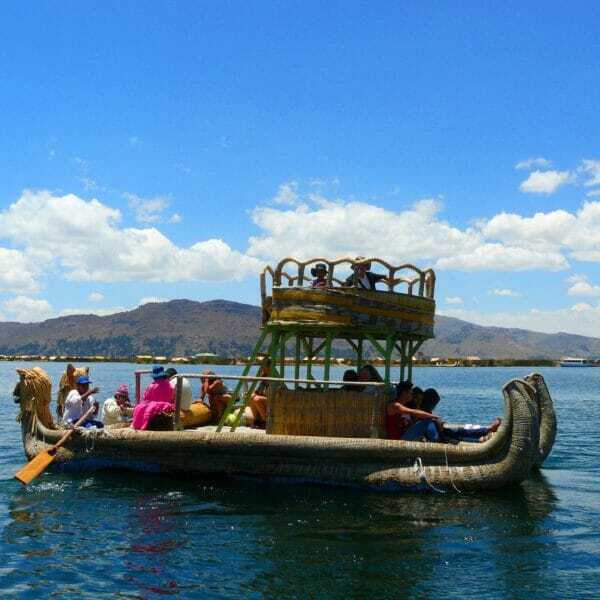
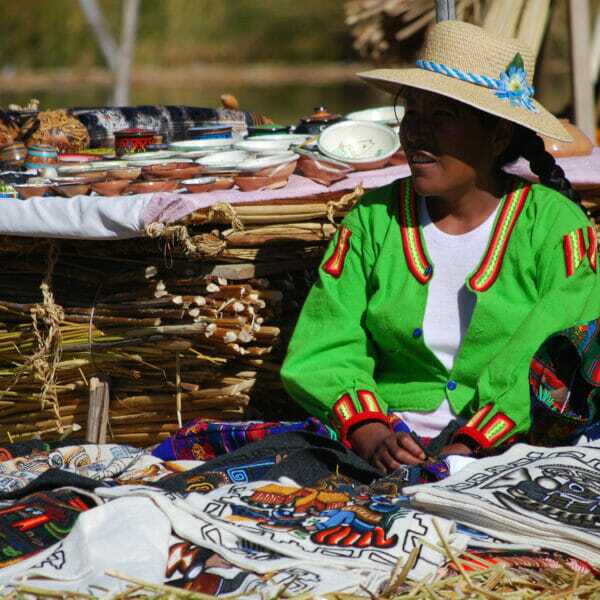
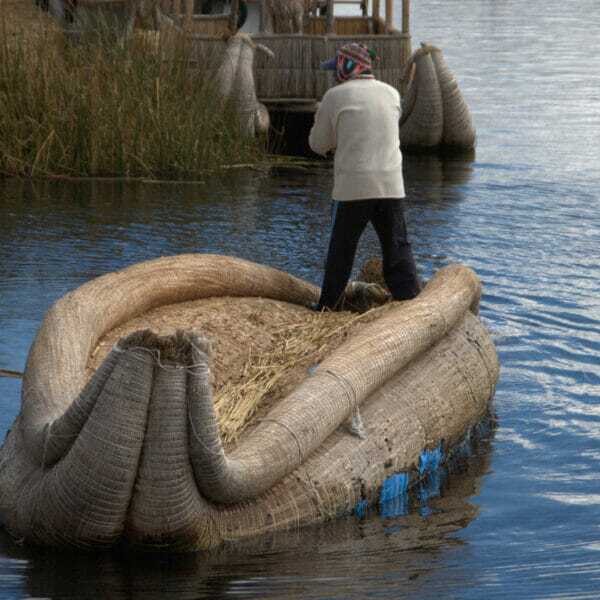
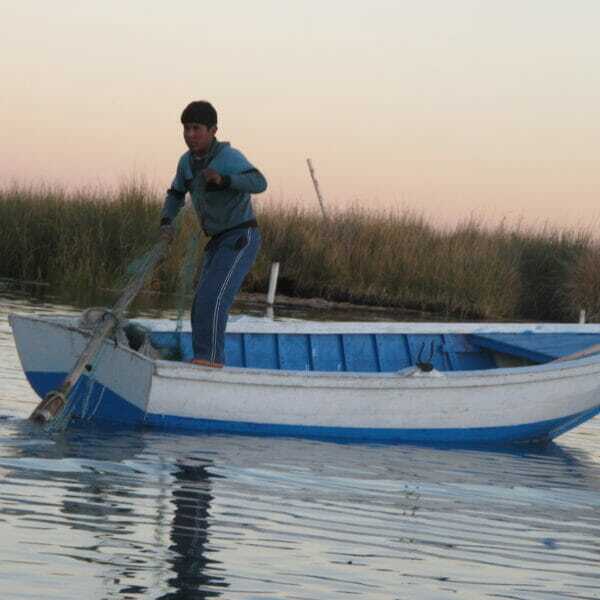
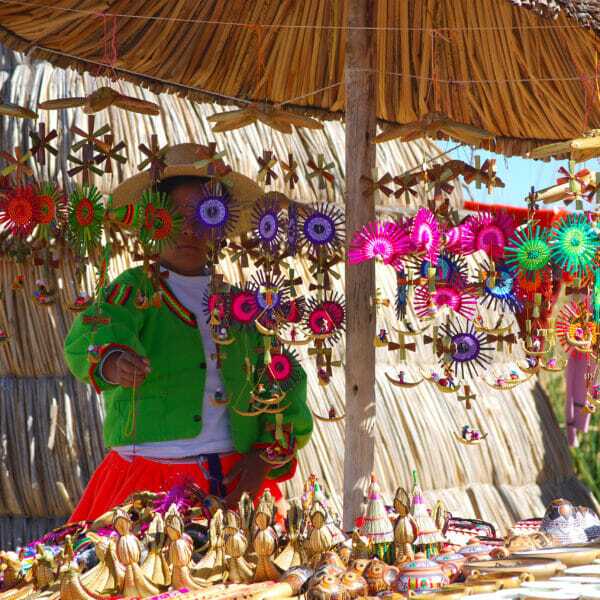
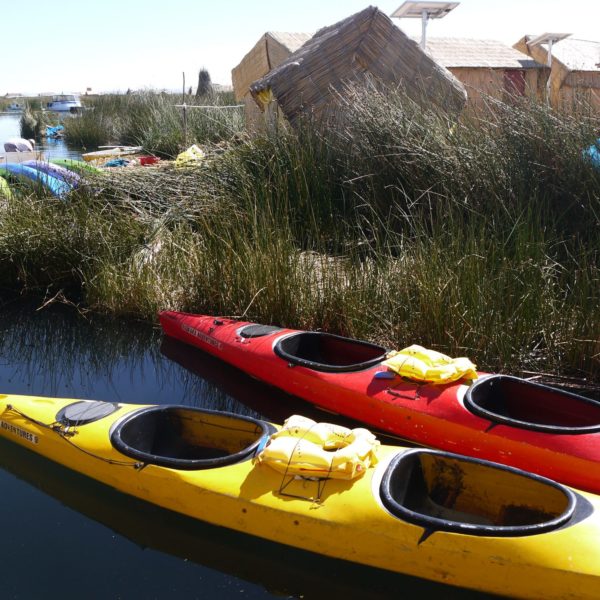
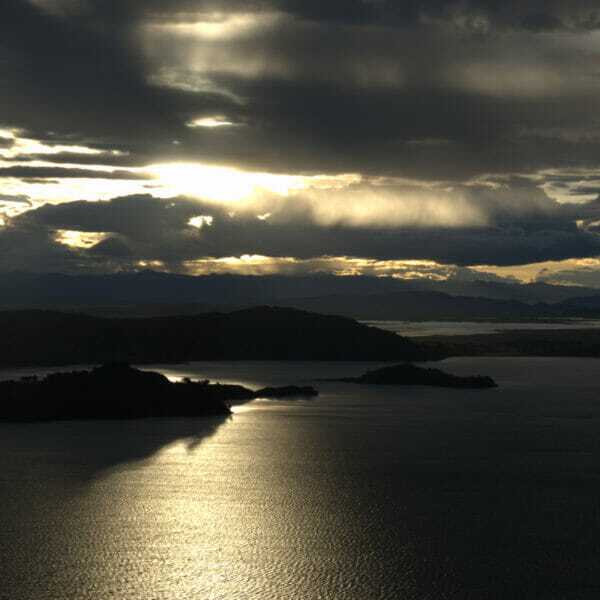
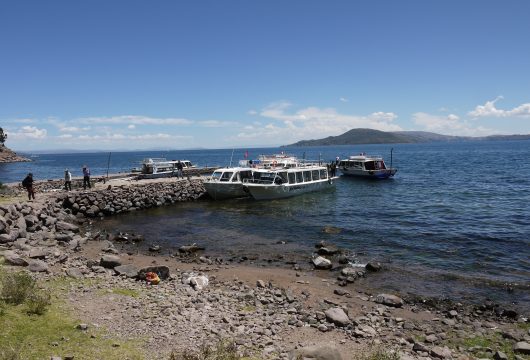
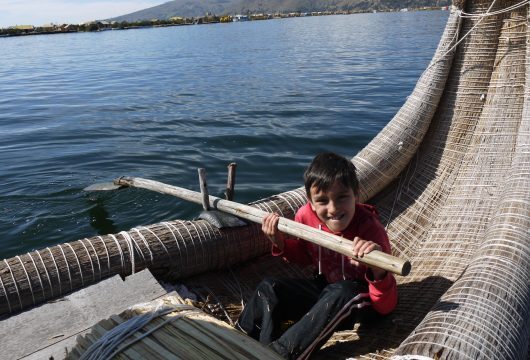
 a Group Tour
a Group Tour  a Tailor Made Tour
a Tailor Made Tour 